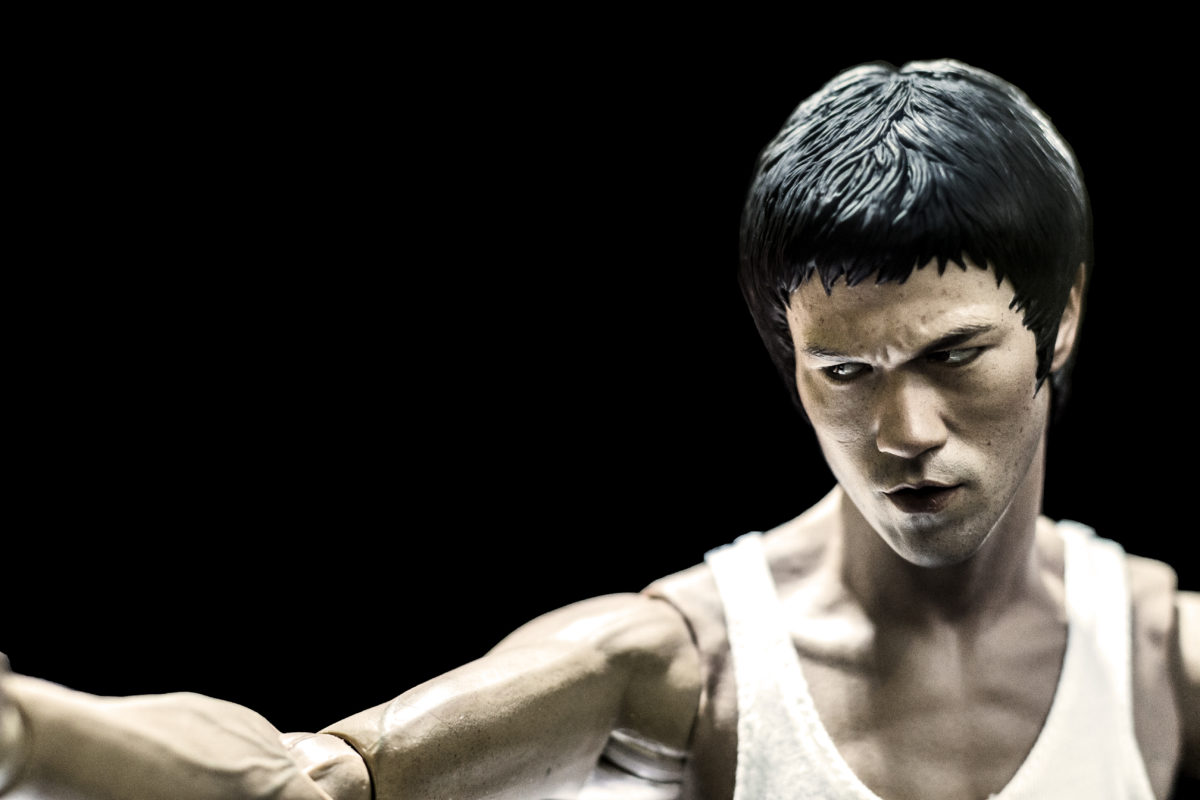Strength and Conditioning for Punching Power
The development of punching power is largely the subject of lore. Lore dominates whenever valid scientific data is sparse. Rather than wait for the academics, I believe reasonable conclusions can be made using logic, dedicated observation and everyday tools. To answer the question “what physical attributes are required for great punching power” the real-world scientist can use a number of methods to find a reasonable solution. One method, popular in manufacturing, is reverse engineering.
Rather then build a high performance car based on pure theory or trial and error, the process of reverse engineering takes an existing vehicle and breaks it down to reveal its working components. Similarly, take an elite level athlete and put them in the weight room – their physical attributes become readily apparent. Having had the opportunity to watch and even train a few world-class muay thai athletes a few observations stand-out:
a. They are terrible on agility ladders and wobble boards. Even the most elite of strikers, gifted athletically to the highest degree in their sport, look inebriated when first introduced to these gadgets. Obviously, the skills required for powerful striking are completely distinct from the skills required to balance on a wobble board or run an agility ladder. Contrary to popular assumption, there exists many different types of balance and many different types of agility. Skill work needs to be highly specific to affect sport performance (this is especially true at the elite levels of sport). Strength and conditioning sessions should address the development of energy systems and not resemble a second-rate repeat of practice.
b. Performance on basic strength exercises is modest (though definitely not pathetic). Even with a little practice elite level strikers put up moderate numbers on the squat, deadlift, bench press and chin-up. Great strength in these exercises seems to be of little significance to great punching and kicking power.
c.They have tremendous knee flexion strength. Without prior experience, powerful strikers put out incredible numbers on hamstring curl machines. This makes sense as the calf and hamstrings are probably the most important muscles for launching the hips. It is no coincidence most muay thai practitioners have great calf development! Thick calves also serve as a club at the end of a shaft – providing the mass necessary to penetrate soft tissue and shatter bones. Hard kickers also have extremely strong thigh adductors – necessary for turning the hips and femurs. Absorbing impact against bodies and heavy bags also requires reinforced musculature.
d. Heavy hitters excel at biceps curls. The biceps are often dismissed as non-functional, beach muscles but they are well developed on fighters! I am graced with the opportunity to watch Jorge Blanco train (Spanish kick-boxing champion and trainer of many UFC champions). He has amazing biceps development. I have seen him playfully curl seventy pound dumbbells despite never having formally trained biceps. Strong biceps development makes sense on powerful punchers as upper-cuts and hooks perfectly match the functional characteristics of the biceps. Whether high levels of biceps strength is necessary for accelerating the arm or simply absorbing impact is unknown.
e. Strikers kick butt at situps. While this finding may be biased as situps are routinely performed as part of traditional practice, there is little doubt powerful abdominals, obliques and hip flexors are consistent attributes of great strikers. This makes sense as these muscles have to accelerate the significant mass of the upper body via a very long moment-arm (the spine!).
f. Heavy hitters tend to do very well at triceps exercises, especially skull crushers. Whether this is due to the hard elbow extension required to launch a fist or to absorb impact with a heavy target is unknown. Exceptional performance on skull crushers may also be due to the demands of holding targets for training partners – especially muay-thai pads.
Reverse engineering offers great insight into the physical attributes of powerful strikers. However, there exists much more to the process of training athletes than simply performing the exercises emphasized above. Always consider individual style as well as physical status. Focus on strengthening energy systems that still have capacity for training stress. Repair, or allow to recover, energy systems that are over-stressed. Mindless, debilitating workouts are the last thing hard-training athletes need.

Recent Comments